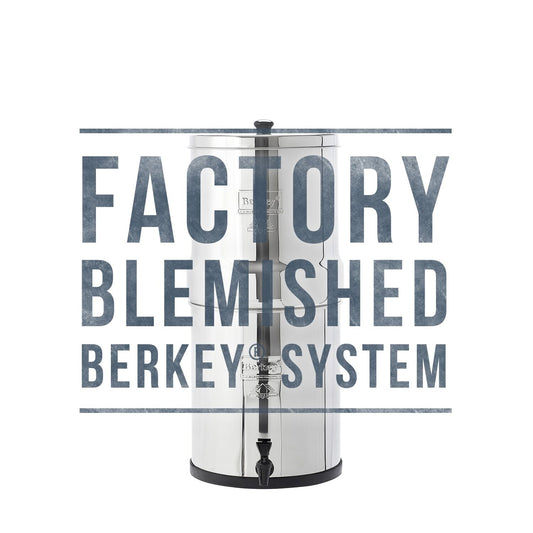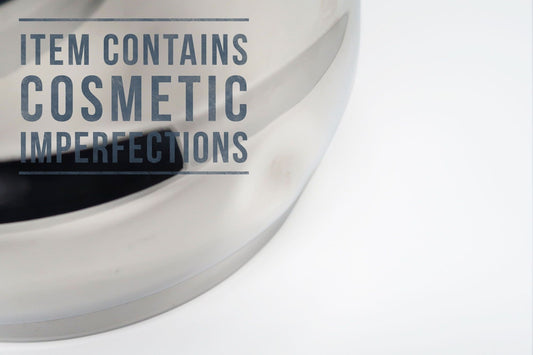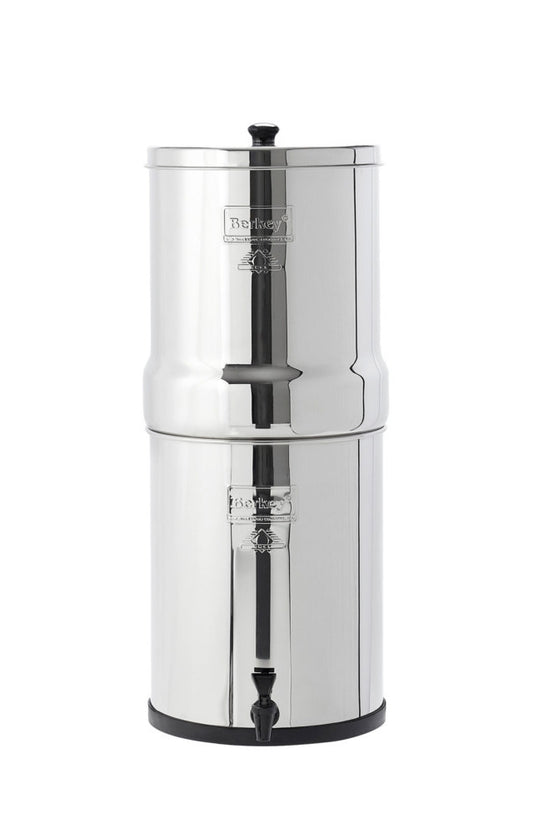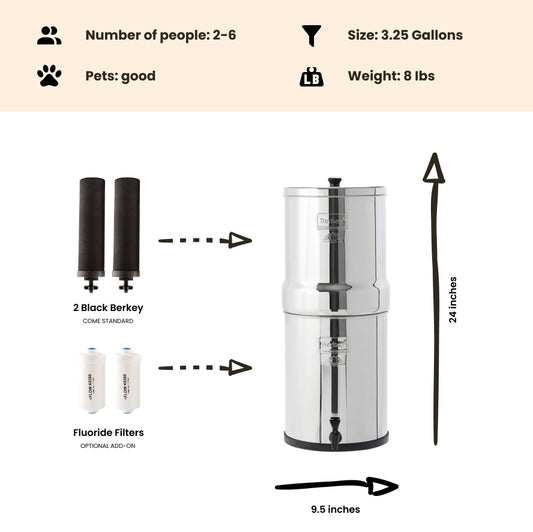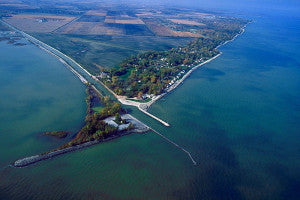
Adapting Soil Conservation Strategies is Vital if we Wish to Improve Water Quality
By Dan DeBaunShare
Despite concerted efforts to minimize soil erosion by improving farmland management for the production of crops, water quality in our freshwater systems is still being degraded by harmful inputs of soluble phosphorus.
A study conducted by an international research team led by the Centre for Ecology & Hydrology (CEH), a UK-based research unit, has revealed that elevated concentrations of soluble phosphorus in rivers flowing into Lake Erie may be the result of conservation measures being implemented to reduce soil erosion and nutrient loss resulting from storm water runoff that carry away topsoil and particulate organic matter rich in nutrients.
The study, whose findings were recently published in Journal of Environmental Quality, shows that soluble phosphorus inputs originating from rivers flowing into the Western Lake Erie Basin has increased over the last 15-16 years. Soluble phosphorus is thought to be an important driver of harmful algal blooms that are occurring more frequently and with greater severity in Lake Erie.
Phosphorus is an important nutrient for plant growth — both in terrestrial and aquatic ecosystems; consequently, it is widely use to boost crop production. However, when phosphorus enters freshwater bodies such as rivers and lakes it also stimulates algal growth, including growth of harmful algae that release toxins which are detrimental to fish and other aquatic organisms and plants, and which can impair the quality of water used as a source of drinking water for humans.
According to Professor Helen Jarvie, a Principal Scientist in Water Quality at the Centre for Ecology & Hydrology, and lead author of the paper:
"We accounted for changing weather and rainfall patterns, and found increases in river flows alone contributed about one third of the marked increase in soluble phosphorus entering Lake Erie since 2002, despite reductions in fertilizer use and amounts of phosphorus stored in soil. The remaining two thirds must arise from other changes within the watershed," she points out.
"We noted that, over time, conservation tillage - where fields are not ploughed, and crop residues remain on the fields before and after planting the next crop, to reduce soil erosion and runoff - has continued an increased trend of adoption since the mid-1980s. It is plausible that the transition from conventional to conservation tillage, along with less incorporation into the soil of broadcast phosphorus fertilizer applications, may have inadvertently caused accumulation of highly-soluble phosphorus at the soil surface," Jarvie explains.
"This can increase losses of soluble phosphorus during rainfall-induced runoff events, and may also have been compounded by installation of subsurface drainage, which can rapidly transmit the soluble phosphorus from fields to rivers."
According to the authors, the implications of these findings are important for conservation management and planning — not only for the Lake Erie Basin, but for watershed management on a much broader scale, as conservation tillage is generally accepted and recommended as a good soil management strategy to reduce erosion and loss of nutrients in croplands in the United States, the United Kingdom, as well as in countries across Europe.
Towards the end of last century we saw a drastic improvement in water quality in Lake Erie largely due to the implementation of the Clean Water Act — which resulted in a reduction in nutrient inputs from sewage effluent — and improved farm management practices that reduced fertilizer runoff and soil loss, and the associated particulate phosphorus adhering to soil particles. But at the turn of the century this began to change, and over the last 15 years or so water quality has declined, with algal blooms occurring more frequently in the Western Lake Erie Basin, due to the increasing inputs of soluble rather than particulate phosphorus, which has a more damaging ecological impact than the particulate form.
These inputs also affect drinking water quality. In 2014 residents of Toledo in Ohio where issued with a health advisory not to drink their water, affecting over 400,000 consumers. As a result, officials in both the US and Canada set a target of reducing phosphorus levels flowing into Lake Erie by 40%.
According to Professor Andrew Sharpley, Professor of Soils and Water Quality at the University of Arkansas, and co-author of the paper, the take home message from this study is that when changing farm conservation management practices there may be unforeseen consequences, which need to be recognized. Reducing tillage of soils may have dramatically reduced soil erosion, but with fertilizer applications remaining unchanged, phosphorus essentially became trapped on the soil surface rather than being incorporated into the soils. As a result, phosphorus in its soluble form enters waterways via storm water runoff.
So in this case we eventually see that rather than serving as a sink for phosphorus, the soil becomes a source of phosphorus entering freshwater drainage basins.
The report concludes that in order to tackle this issue effectively we need to implement water quality and soil management practices that address both particulate and soluble phosphorus inputs from croplands, with additional conservation management measures needed to tackle phosphorus in its soluble form.
Journal reference
Helen P. Jarvie, Laura T. Johnson, Andrew N. Sharpley, Douglas R. Smith, David B. Baker, Tom W. Bruulsema and Remegio Confesor, 2017, 'Increased Soluble Phosphorus Loads to Lake Erie: Unintended Consequences of Conservation Practices?' Journal of Environmental Quality. Doi: 10.2134/jeq2016.07.0248
-
Regular price From $302.00 USDRegular priceUnit price / per
-
Regular price $234.00 USDRegular priceUnit price / per
-
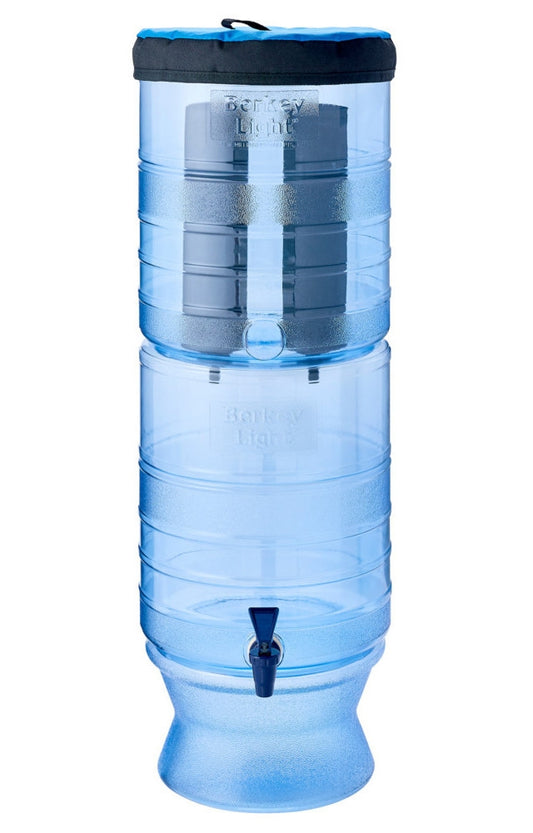
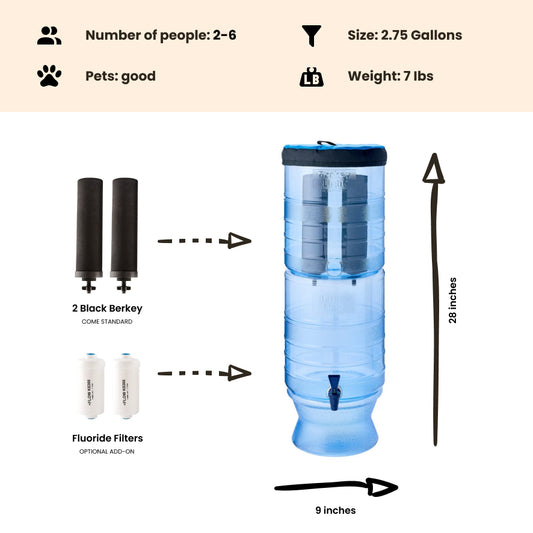 Sold outRegular price From $305.00 USDRegular priceUnit price / per
Sold outRegular price From $305.00 USDRegular priceUnit price / per -
Regular price $327.00 USDRegular priceUnit price / per
-
Regular price From $367.00 USDRegular priceUnit price / per
-
Regular price From $408.00 USDRegular priceUnit price / per
-
Regular price From $451.00 USDRegular priceUnit price / per

Dan DeBaun
Dan DeBaun is the owner and operator of Big Berkey Water Filters. Prior to Berkey, Dan was an asset manager for a major telecommunications company. He graduated from Rutgers with an undergraduate degree in industrial engineering, followed by an MBA in finance from Rutgers as well. Dan enjoys biohacking, exercising, meditation, beach life, and spending time with family and friends.
~ The Owner of Big Berkey Water Filters


